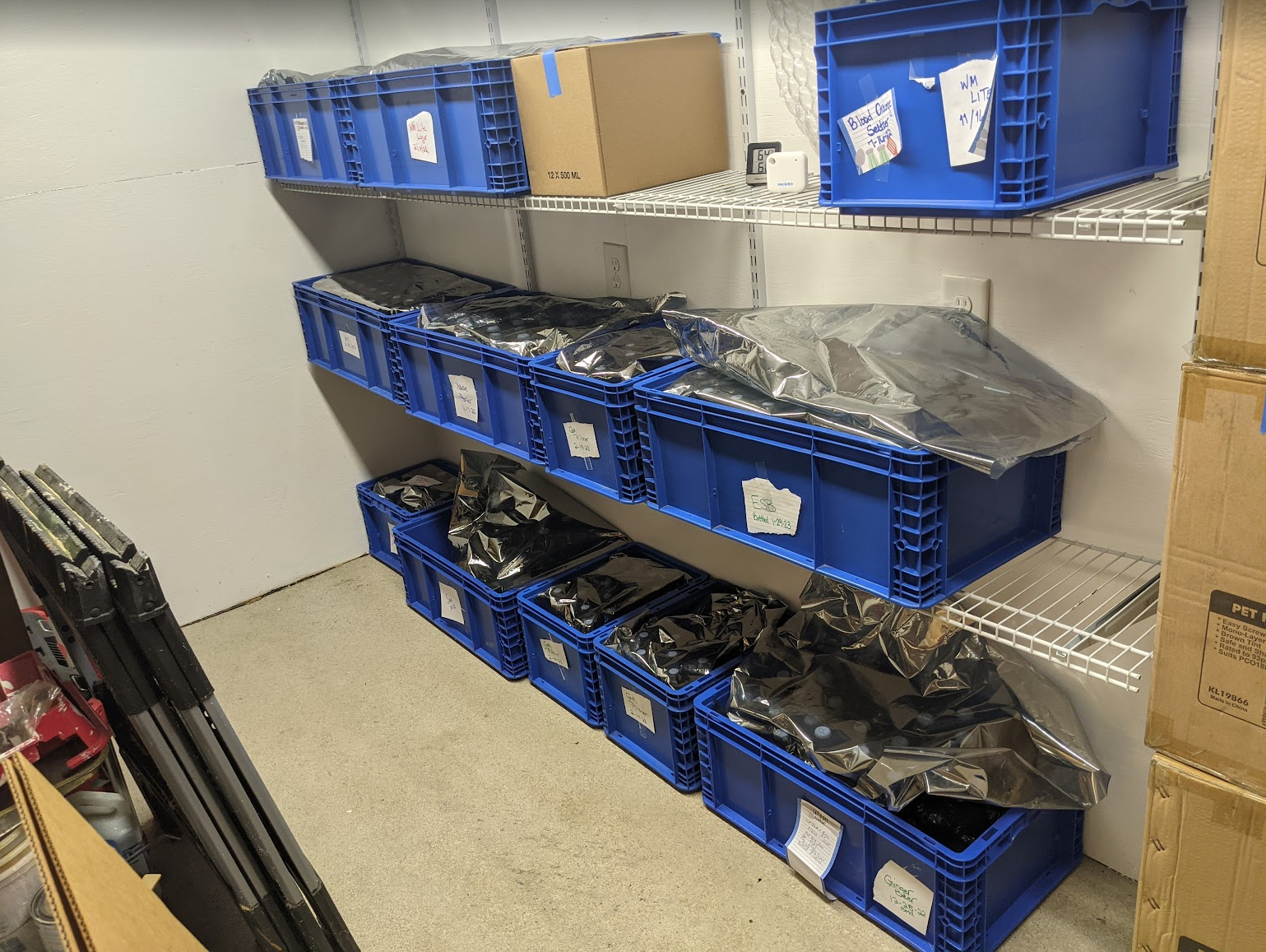+1. Home brewing can be very simple or rocket science complex, so it's OK to start with the basics and to use kits to become familiar with the process. Over time you can address different aspects of brewing to become more precise as you start to dial in specific characteristics.
I made a post the other day about Northern Brewer and their how to videos as an effective starting place.
I would agree that a wort chiller is a huge plus since it cuts down a lot of brew day time. If you want to save money, check out the DIY videos using copper refrigerator line, some hoses and coupling all available on the shelves of the big home and garden stores.
Kegging - we talk about cutting down brew day, but we keggers have learned to block out any memories of bottling day

. Anyway, that does require more capital, space and planning, hang in there with the bottles. You'll need them to share with your friends to show off your newly acquired skill, or unload a mediocre batch to make room for a new one.
















































![Craft A Brew - Safale BE-256 Yeast - Fermentis - Belgian Ale Dry Yeast - For Belgian & Strong Ales - Ingredients for Home Brewing - Beer Making Supplies - [3 Pack]](https://m.media-amazon.com/images/I/51bcKEwQmWL._SL500_.jpg)









